Description
Kava Extract Powder – High-Purity Kavalactone for Research and Analysis
Product Name: Kava Extract Powder (Kavalactone Kava)
Synonyms: Piper methysticum Extract, Kava Kava Root Extract, Kavalactone Complex
Botanical Source: Piper methysticum root
Active Constituents: Kavalactones (including kavain, dihydrokavain, methysticin, yangonin, desmethoxyyangonin, dihydromethysticin)
Standardization: ≥70% Kavalactones by HPLC
Appearance: Fine beige to light brown powder
CAS Number: 9000-38-8 (general plant extract reference)
Intended Use: For laboratory research and analytical purposes only. Not for human consumption.
Product Overview
Kava Extract Powder is derived from the roots of the Piper methysticum plant, a shrub indigenous to the South Pacific. Traditionally used for its calming and anxiolytic effects in ceremonial contexts, kava has become a subject of interest in phytochemistry, neuropharmacology, and botanical therapeutics research.
Our extract is standardized to ≥70% total kavalactones, the primary active constituents responsible for its unique psychoactive and pharmacological effects. This high-purity formulation is ideal for academic, biochemical, and preclinical research settings, providing a consistent and reproducible foundation for scientific inquiry.
Chemical and Physical Properties
Molecular Composition:
Kava Extract Powder contains six major kavalactones, each contributing distinct bioactive profiles:
-
Kavain
-
Dihydrokavain
-
Methysticin
-
Dihydromethysticin
-
Yangonin
-
Desmethoxyyangonin
These lactone compounds share a common arylethylene-α-pyrone structure, allowing for interactions with a variety of neurological targets.
Solubility:
-
Soluble in ethanol, acetone, and DMSO
-
Slightly soluble in water
-
Ideal for organic solvent-based research formulations
Melting Point:
Varies across individual kavalactones; typically ranges between 94–100°C for isolated kavain.
Stability:
Stable under dry, cool storage conditions for up to 24 months. Sensitive to humidity and prolonged exposure to light.
Pharmacology and Mechanism of Action
Kavalactones exhibit diverse activity across several neural pathways, making them of significant interest in CNS-related research:
-
GABAergic Modulation:
Acts as positive allosteric modulators at GABA<sub>A</sub> receptors, enhancing inhibitory neurotransmission and promoting anxiolysis. -
Voltage-Gated Ion Channel Interaction:
Inhibits sodium and calcium ion channels, contributing to sedative and muscle-relaxant effects. -
Monoamine Modulation:
Some kavalactones (e.g., yangonin) have shown activity at dopamine and serotonin transporters, potentially contributing to mood-elevating effects. -
Endocannabinoid System:
Yangonin demonstrates affinity for CB1 receptors, indicating potential modulatory effects on the endocannabinoid system.
These multifaceted pharmacodynamic interactions position kava extract as a valuable subject in studies exploring anxiety, stress, addiction, and neurobehavioral modulation.
Applications in Research
Kava Extract Powder is widely utilized in:
-
Neuropharmacology:
Evaluation of anxiolytic, sedative, and mood-modulating effects of kavalactones in preclinical models. -
Phytochemical Analysis:
Quantification and identification of individual kavalactones via HPLC, LC-MS, and NMR. -
Toxicology Studies:
Investigation into hepatotoxicity, metabolic pathways, and dose-response profiles in vitro and in vivo. -
Ethnobotanical Research:
Exploration of traditional use patterns and therapeutic potential of Piper methysticum derivatives.
Sourcing and Standardization
Our Kava Extract Powder is produced from mature roots harvested in Vanuatu and Fiji, regions renowned for high-quality Piper methysticum. The extraction process uses food-grade ethanol, followed by concentration and drying under low temperatures to preserve chemical integrity.
Standardization to ≥70% total kavalactones ensures batch-to-batch consistency and optimal performance in scientific applications. Each batch is accompanied by a Certificate of Analysis (COA) and chromatographic profile for verification.
Safety and Handling
Personal Protective Equipment (PPE):
Use gloves, lab coat, and safety goggles during handling.
Ventilation:
Work under a chemical fume hood when preparing solutions or powders.
Storage Conditions:
Store in a tightly sealed container in a cool (2–8°C), dry, and dark environment. Avoid humidity and prolonged air exposure.
Shelf Life:
Up to 24 months when stored under optimal conditions.
Toxicity and Safety Notes:
-
Kava Extract Powder has been associated with hepatotoxicity in certain contexts, especially with chronic oral use.
-
Not for human or veterinary use.
-
Handle with care and dispose of waste material according to institutional protocols.
Legal Status
-
United States:
Legal for sale and use in dietary supplements, though under regulatory scrutiny. Not approved as a drug. Research use unrestricted. -
European Union:
Varies by country. Some nations restrict or ban kava-containing products due to hepatotoxicity concerns. -
Australia & New Zealand:
Regulated or restricted for consumption; permitted for research purposes with proper documentation.
Researchers should consult local regulations prior to procurement and use.
Conclusion
Kava Extract Powder offers a rich profile of kavalactones with wide-ranging applications in neuroscience, pharmacology, and ethnobotany. Our high-purity, standardized formulation is crafted to meet the needs of serious researchers seeking reliability, reproducibility, and authenticity in their botanical compound studies.
This product is intended exclusively for laboratory use. Not for ingestion or therapeutic use in humans or animals.
For technical specifications, bulk orders, or COA requests, please contact our research chemical support team.


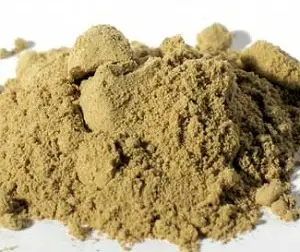
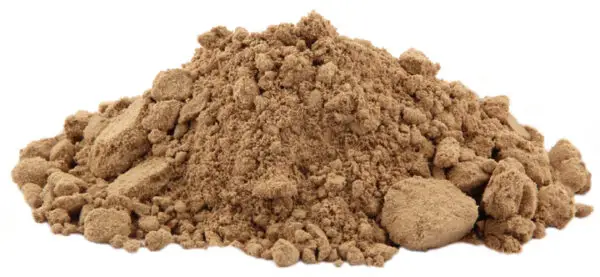

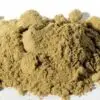
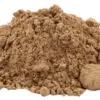
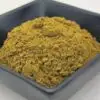
Reviews
There are no reviews yet.